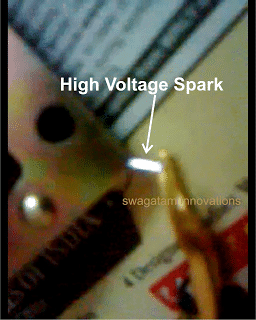What are the loads you are switching on/off ? LEDs, Filament bulbs, motors....?
Here is approach using block language (mBlock) to program an Arduino Nano board :
You drag and drop blocks into right hand window, config their parameters, like pin number
or voltage test. It would be easy to measure with Nano board Vbatt and shut off operation
when Vbatt drops too much. If you want I will show you the change in blocks to do that.
I added on/off switch. Read the comments next to blocks to follow how its working.
mBlock converts your block structure to Arduino code and programs the board.
View attachment 134067
if you look at the code basically when Nano board starts up first thing done is to make
sure output is off. Then you see forever block which runs the code inside its arms in a
loop. Inside loop on/off switch tested to see if its on, if so the load is turn on, then off,
for 1/8 sec on the 1/8 off, and loop repeats. If on/off switch off force output off.
View attachment 134069
To handle the current use a Arduino type relay board, or MOSFET .
View attachment 134068
OR relay board -
View attachment 134071
They come in 1 - 8 channels depending on how many loads you want to switch.
The Nano can take up to 20V input from vehicle power. But beware use a "load dump" circuit
to protect everything. Load dump cause large transient voltages in a car.
Google "car load dump protection circuit"
Boards, Relays, Alliexpress, Banggood, eBay....
Board + relay/MOSFET + Button ~ $ 6 to $8.
Regards, Dana.








